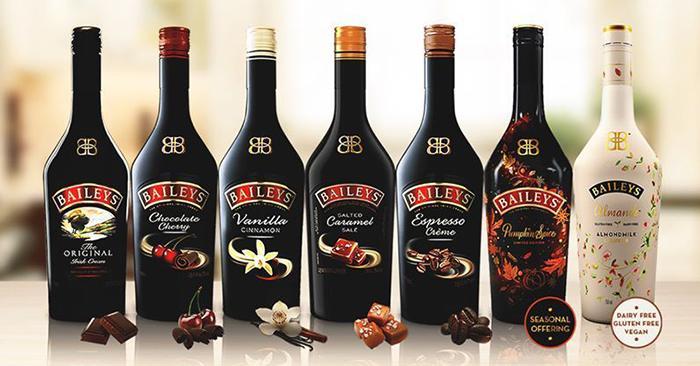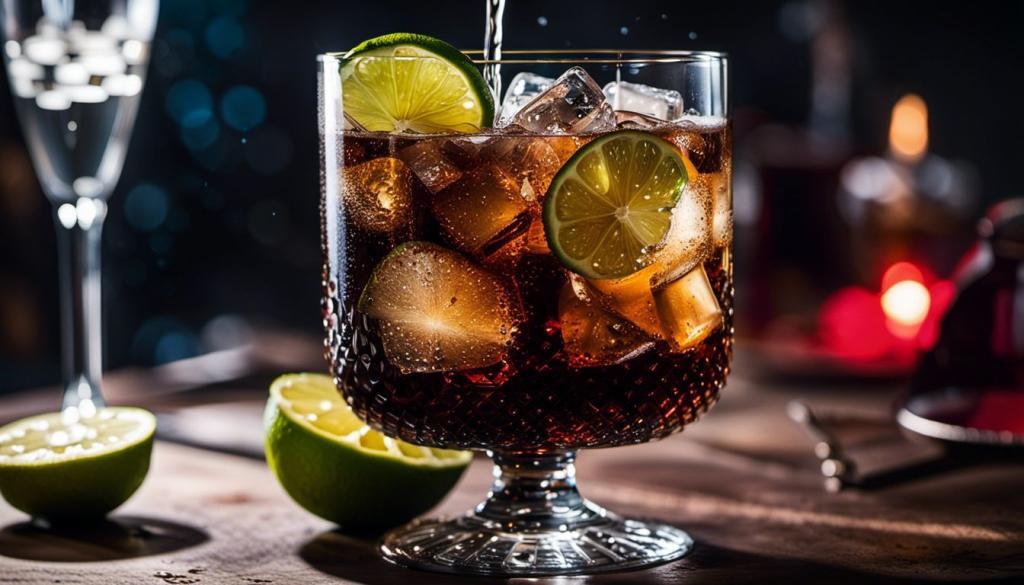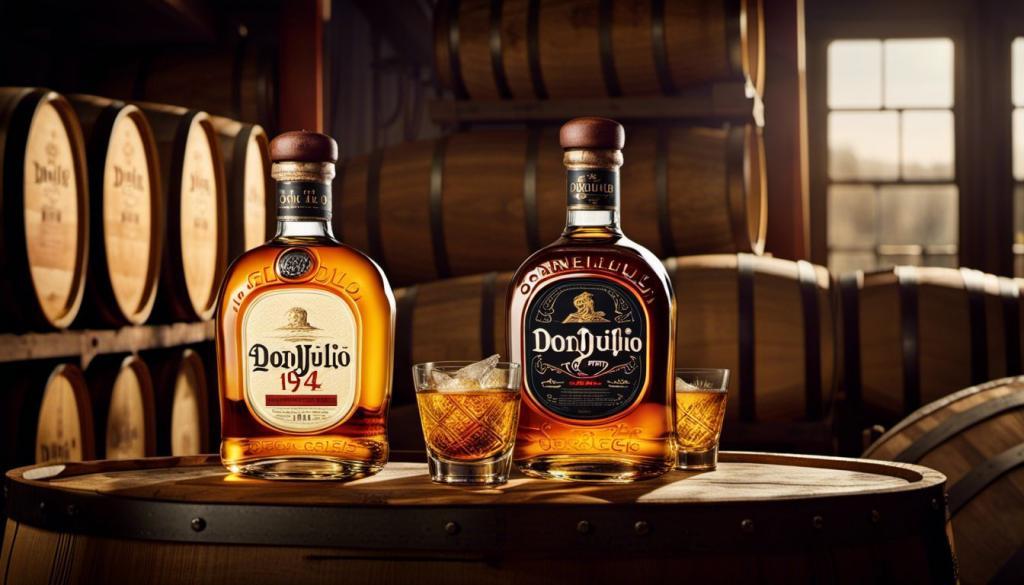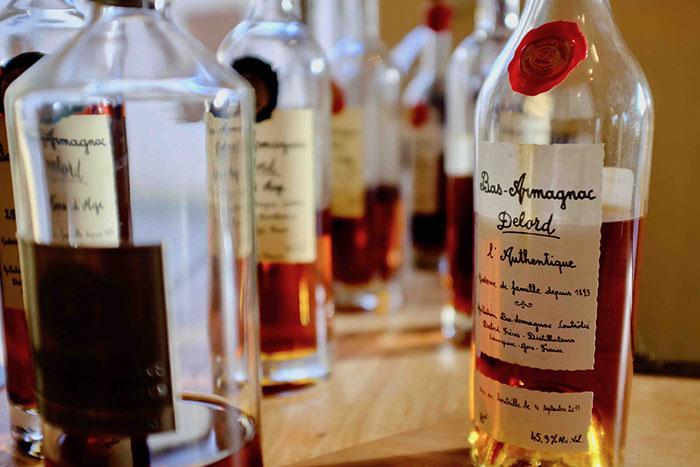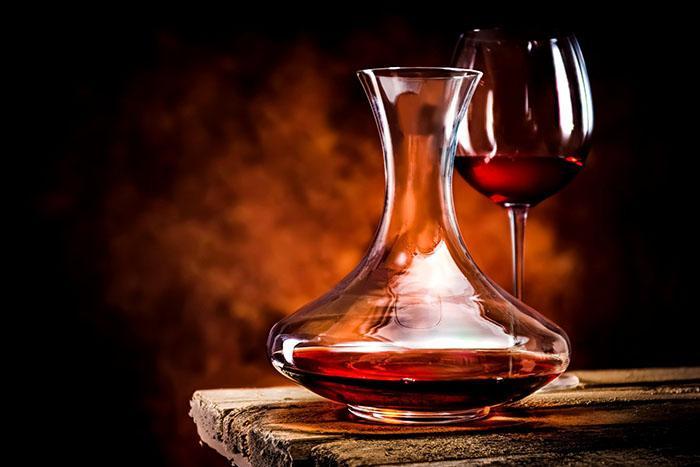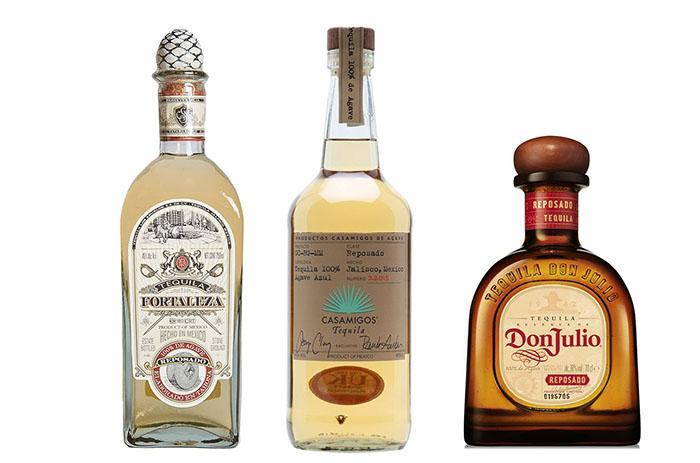Ever felt lost in a sea of whiskey jargon at your favorite bar or liquor store?
This article simplifies these terms, offering easy-to-digest explanations that will turn you into a well-versed whiskey connoisseur.
You Are Watching: Whiskey Terms Updated 12/2025
Ready for an enlightening journey through the world of whisky? Let’s dive in!
Essential Whiskey Terms
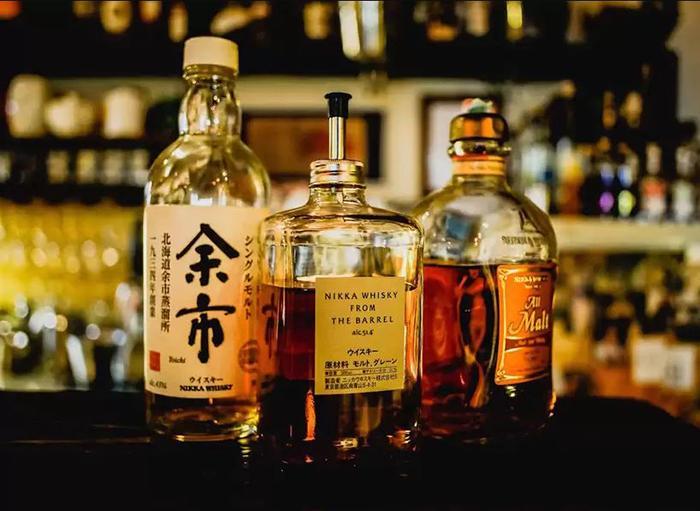
ABV
Understanding ABV, or Alcohol By Volume, is key to appreciating the strength and impact of your whiskey. Simply put, it indicates what portion of the total volume of liquid is alcohol.
For instance, a whiskey with an ABV of 40% means that 40% of the liquid in that bottle is pure ethanol – this would be considered a standard strength for many whiskies around the globe.
It’s worth noting that Bourbons are typically bottled at a higher ABV compared to other types of whiskeys as they’re often attributed to complex flavors and kick that enthusiasts seek out.
Being aware of the ABV helps you discern between subtle variations and nuances in different spirits enabling an enriched drinking experience.
Mash Bill
The mash bill is an essential term for any whiskey enthusiast to understand.
Essentially, the mash bill refers to the specific combination and proportion of grains used in the production of whiskey or bourbon.
Different grains, such as corn, barley, rye, and wheat, can be used in varying amounts to create a unique flavor profile.
The mash bill plays a crucial role in shaping the taste and character of the final product.
For example, a higher percentage of corn in the mash bill can result in a sweeter and smoother bourbon. On the other hand, more rye may contribute to a spicier and bolder flavor.
Understanding the mash bill helps drinkers appreciate why each whiskey has its distinct personality and allows them to explore different styles based on their preferences.
Cask Strength
Cask strength is a term used to describe whiskey that is bottled directly from the cask without any dilution or adjustment to its alcohol content. This means that the whiskey retains its original, full-strength potency and flavor profile.
Cask strength whiskeys often have a higher ABV compared to their regular counterparts, making them more intense and robust in taste.
They are highly sought after by whiskey enthusiasts for their powerful flavors and complexity.
It’s important to note that cask strength whiskeys can pack quite a punch, so it’s advisable to approach them with caution if you prefer milder spirits.
Give your palate an adventurous thrill with this unadulterated expression of whiskey craftsmanship.
Single Malt
Single Malt is a term that you may often come across in the world of whiskey. It refers to a type of whiskey made from malted barley and produced at a single distillery.
This means that all the grains used in making this whiskey come from one source, giving it a distinct flavor profile.
Single Malt whiskies are known for their complexity, with flavors ranging from fruity and floral to smoky and peaty.
They are typically aged in oak barrels, which adds depth and character to the spirit over time.
So if you’re looking for a high-quality whiskey with unique flavors, exploring the world of Single Malts is definitely worth your while.
Bottled-In-Bond
Bottled-In-Bond is a whiskey term that refers to a specific type of bourbon.
It signifies that the bourbon has been distilled and aged under strict regulations set forth by the Bottled-in-Bond Act of 1897.
To carry this label, the bourbon must be produced at one distillery during one distillation season, aged for at least four years in a federally bonded warehouse, and bottled at exactly 100 proof (50% ABV).
This designation ensures that you are getting a high-quality bourbon with a rich history and craftsmanship behind it.
So, when you see “Bottled-In-Bond” on a bottle of whiskey, you can trust that you’re in for an exceptional drinking experience.
Understanding Whiskey Variations
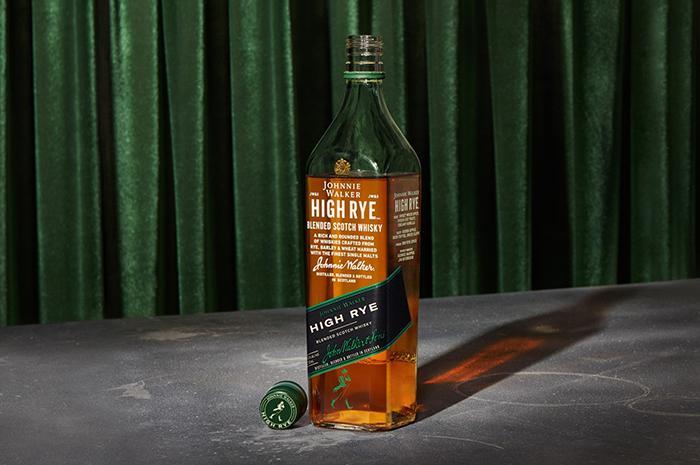
Expression
Expression is a term used in the world of whiskey to describe different variations or styles within a specific brand or distillery.
It refers to the unique combination of ingredients, production methods, and aging techniques that result in distinct flavors, aromas, and qualities found in a particular whiskey.
Each expression offers a different experience for whiskey lovers, allowing them to explore the diversity and complexity within a single brand.
Whether it’s the rich caramel notes of one expression or the smoky undertones of another, understanding expressions helps alcohol enthusiasts appreciate the craftsmanship behind each bottle.
So next time you’re enjoying your favorite whiskey, take note of its expression and savor every sip knowing that it represents a specific flavor journey crafted just for you.
High Rye
High rye is a term used to describe whiskey or bourbon that has a higher percentage of rye in its mash bill compared to other grains.
Read More : Brandy Vs Cognac Updated 12/2025
Rye is known for imparting spicy and peppery flavors to the spirit, which can add complexity and depth to the overall taste.
High rye whiskeys often have a bold and robust character that appeals to those who enjoy more pronounced flavors.
It’s important to note that the specific ratio of grains in a high rye whiskey can vary, but generally, it contains at least 20% or more rye.
So if you’re looking for a whiskey with an extra kick of spice, keep an eye out for those labeled as “high rye.”
Whether sipping neat or crafting your favorite cocktail, high rye whiskeys are sure to deliver a flavor experience worth savoring.
Lincoln County Process
The Lincoln County Process is a distinct method used in the production of Tennessee whiskey. It involves filtering the whiskey through charcoal before aging it in barrels.
This process, also known as charcoal mellowing, helps to remove impurities and smooth out the flavor of the spirit.
The charcoal used for filtration is typically made from sugar maple wood and provides a unique touch to Tennessee whiskeys like Jack Daniel’s.
By undergoing the Lincoln County Process, these whiskeys develop a smoother, mellower taste that sets them apart from other types of American whiskies.
Tennessee whiskey lovers appreciate the subtle nuances and refined character achieved through the Lincoln County Process.
This technique is often cited as one of the defining factors that differentiate Tennessee whiskey from other styles of bourbon or rye.
It’s worth noting that not all bourbons or American whiskies undergo this process, making it an intriguing aspect for connoisseurs to explore when expanding their knowledge and appreciation for different types of whiskey.
Char Types
Char types play a crucial role in the production of whiskey, contributing to its unique flavors and aromas.
When whiskey is aged, it is stored in charred oak barrels. The level of charring, or “char type,” can vary and has a significant impact on the final product.
The most common char types are categorized from #1 (lightest) to #4 (heaviest). A lighter char allows more contact between the whiskey and the wood, resulting in faster maturation and a sweeter flavor profile.
On the other hand, a heavier char creates a barrier that slows down maturation, producing bolder and smokier characteristics.
Sour Mash
Sour Mash is a term used in the world of whiskey to describe a process that adds complexity and consistency to the final product.
It involves using a portion of previously fermented mash (known as backset) in the new batch, which helps regulate pH levels and introduces beneficial bacteria and yeast strains.
This technique ensures that every batch maintains a similar flavor profile while also adding depth and character to the whiskey.
The sour mash process is commonly associated with bourbon production, contributing to its distinct taste.
So, next time you enjoy a glass of bourbon, appreciate the influence of sour mash on its rich flavors and smooth finish.
Whiskey Production Terminology
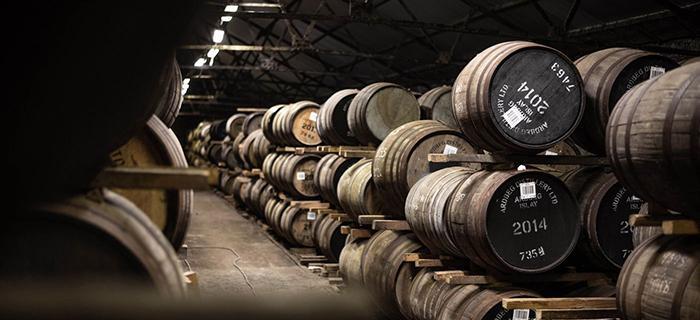
Distillery
A distillery is the place where whiskey or bourbon is produced. It is where the magic happens, with skilled craftsmen and women overseeing the entire process from start to finish.
At a distillery, grains such as barley or corn are mixed with water to create a mash, which is then fermented to produce alcohol.
This alcohol undergoes distillation, where it is heated and cooled to separate its components based on their boiling points.
The resulting liquid, known as new make spirit, is then aged in wooden barrels for a period of time to develop flavors and complexity.
Each distillery has its unique methods and recipes that contribute to the distinct character of their spirits.
So next time you raise a glass of your favorite whiskey or bourbon, remember that behind every sip lies the skillful craftsmanship of a dedicated distillery team.
Column Still
A column still is a type of distillation apparatus commonly used in the production of whiskey and other spirits.
It consists of a tall vertical column with a series of plates or trays, which facilitate multiple distillations to produce a high-proof spirit.
The use of a column still allows for continuous distillation, resulting in greater efficiency and higher alcohol content.
This method is often favored by large-scale distilleries due to its ability to produce large quantities of spirits at a faster rate.
Column stills are known for producing smooth and consistent flavors, making them popular among whiskey enthusiasts.
Pot Still
Pot still is a traditional method of distillation used in the production of whiskey.
It involves using a large, pot-shaped vessel to heat and boil the fermented mash, which allows for the separation of alcohol from other components.
Pot stills are typically made of copper, as this material helps to remove unwanted impurities and contributes to the flavor profile of the whiskey.
Read More : What Is Courvoisier Updated 12/2025
The pot still method results in a rich and full-bodied spirit with distinct flavors and aromas.
It is commonly used in Scotch whisky production, giving these whiskies their unique characteristics that are loved by connoisseurs around the world.
Cooperage
Cooperage is the craft of making the wooden barrels in which whiskey or bourbon is aged. These barrels play a crucial role in giving the spirit its distinct flavor and character.
Cooperage involves selecting and preparing the wood, constructing the barrel, and ensuring it is properly sealed to prevent leaks.
The aging process takes place inside these barrels, allowing the whiskey to develop its rich flavors over time.
It’s fascinating to think how much influence a well-crafted barrel can have on the final product we enjoy.
New American Oak
New American Oak plays a significant role in the production of whiskey. It refers to the type of oak used to make the barrels in which whiskey is aged.
These barrels impart unique flavors and characteristics to the spirit, such as vanilla, caramel, and toasted wood notes.
The use of new American oak is particularly prominent in bourbon production, where it is a legal requirement for aging the spirit.
The charred interior of these barrels also helps filter impurities and adds depth to the flavor profile.
So next time you sip on your favorite whiskey, remember that its rich taste might just be thanks to those brand new American oak barrels it was aged in!
Tasting and Serving Whiskey
Dram
A “dram” is a term used to describe a small serving of whiskey. It is typically around 1-2 ounces, allowing you to savor and appreciate the flavors and aromas of the spirit. The word “dram” has Scottish origins and is widely used among whiskey enthusiasts.
Whether you prefer your dram neat, on the rocks, or with a splash of water, it’s all about enjoying the experience and indulging in the rich history and craftsmanship behind this beloved beverage.
So next time you pour yourself a dram, take a moment to appreciate the artistry that goes into each sip.
On the Rocks
One popular way to enjoy whiskey is “on the rocks.” This means that the whiskey is poured over ice cubes in a glass.
The addition of ice chills the whiskey, slightly dilutes it, and can mellow out some of its flavors.
It’s a great option for those who prefer their drinks colder and more refreshing.
However, it’s important to note that adding ice may numb your taste buds slightly, so you might not be able to fully appreciate all of the complex flavors and aromas that the whiskey has to offer.
Nonetheless, enjoying whiskey on the rocks is a common practice among many whiskey lovers.
Whiskey Stones
Whiskey stones are a popular accessory among whiskey enthusiasts. These small, often cube-shaped rocks are made from materials like soapstone or stainless steel and can be used to chill your drink without diluting it.
Simply place them in the freezer for a few hours, then add them to your glass of whiskey instead of ice cubes. Whiskey stones cool down the liquid without altering its flavor profile, ensuring that you can savor every sip at its optimal taste.
They’re a great alternative for those who prefer their whiskey neat or aren’t fond of diluted drinks. Plus, they’re reusable, making them an environmentally-friendly choice as well.
So next time you want to enjoy a perfectly chilled glass of whiskey without compromising on taste, give whiskey stones a try.
Honey Barrel
A “Honey Barrel” is a term used to describe a particularly exceptional barrel of whiskey. It refers to a barrel that has aged perfectly, resulting in a rich and smooth flavor profile with notes of honey.
These barrels are often highly sought after by whiskey enthusiasts, as they offer a unique and indulgent tasting experience.
The aging process allows the whiskey to develop complex flavors and aromas, while the honey-like sweetness adds an extra layer of depth.
When enjoying whiskey from a Honey Barrel, you can expect a luxurious and indulgent drinking experience that showcases the craftsmanship and expertise behind this beloved spirit.
Age Statement
Age statement refers to the period of time that whiskey or bourbon has been aged in barrels before being bottled.
It is an important term for whiskey lovers as it can greatly influence the flavor and quality of the spirit.
The age statement on a bottle indicates the youngest whiskey used in the blend, meaning there may be older spirits present as well.
For example, a 12-year-old whiskey means that all whiskeys in that blend have been aged for at least 12 years.
Aging allows the whiskey to interact with the wood, resulting in enhanced flavors and complexity. So next time you’re shopping for your favorite bottle, pay attention to those age statements—they can reveal a lot about what’s inside!
Conclusion
In conclusion, understanding whiskey terms is essential for any true whiskey lover. From ABV to mash bill and cask strength, these words unlock the rich vocabulary and jargon of the spirits world.
Whether you’re sipping on a single malt or exploring the variations of bourbon, knowing these terms will enhance your appreciation and enjoyment of this timeless drink.
So raise your glass, expand your whiskey vocabulary, and dive into the fascinating world of whiskey terminology.
Cheers!
Sources: https://chesbrewco.com
Category: Wine



